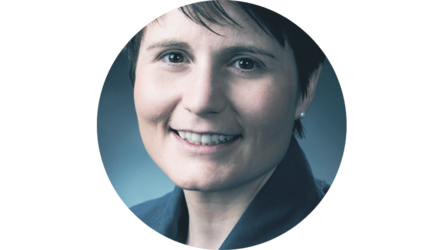Onboard intelligent payload planner and scheduler
Automation and robotics has been identified as a key enabling technology to support planetary exploration. This is true during many phases of exploration including the collection of scientific and engineering data, setting up automated surface infrastructure and in the future, possible preparations for a human presence on Mars.
The needs for onboard autonomy in conjunction with a safe and predictable execution is crucial for planetary missions wherein round trip communication lags can be as long as 40 minutes for Mars. This rules out practical tele-operation for robotic devices and imposes a need for greater system self-reliance or autonomy given the often harsh and unpredictable nature of their operating environment.
To address this need for an advanced level of autonomy, the concept of Artificial Intelligence Planning and Scheduling (AIPS) was developed. This involves the autonomous comprehension of the evolution of the world in which a robotic device operates. In addition to this, AIPS involves the comprehension of interactions with the environment with respect to specified goal without violating defined system constraints. This provides a robotic spacecraft with the ability to automatically create a timeline and respond robustly to major events or anomalies, from simple schedule checking through to re-scheduling and right up to automatic re-planning of tasks. This enables to meet exploration and support goals involved in Aurora.
The initial phase of this activity is to outline a technology roadmap for AIPS to span the first half of the programme nominally estimated to be 10-15 years. This work includes a broad analysis of the Aurora operational domain and a review of state of the art expertise in the various AIPS sub-technology areas within Europe.
The main objective of this activity is to develop an onboard payload planner and scheduler prototype to support Aurora robotic missions. This prototype is aimed at demonstrating the capability of planner/scheduler technology to potential users, capturing general user needs, assessing suitability and the role of planning/scheduling for Aurora missions currently being planned and provide input to their definition and analysis. This should provide the first iteration of an AIPS demonstrator which can be used to build more comprehensive systems in further phases, identifying technology weaknesses and needs.
With a focus on ExoMars, it is highly beneficial to combine this activity with the MUROCO activity which is aimed at demonstrating the viability of a formal specification and verification tool making sure through simulations that the tasks to be performed by robotic devices can be achieved without compromising the mission.
| Start |
Expected or actual duration | Status | Prime contractor |
|---|---|---|---|
| 2003 | 30 months | Completed | SciSys |
Executive Summary















 Germany
Germany
 Austria
Austria
 Belgium
Belgium
 Denmark
Denmark
 Spain
Spain
 Estonia
Estonia
 Finland
Finland
 France
France
 Greece
Greece
 Hungary
Hungary
 Ireland
Ireland
 Italy
Italy
 Luxembourg
Luxembourg
 Norway
Norway
 The Netherlands
The Netherlands
 Poland
Poland
 Portugal
Portugal
 Czechia
Czechia
 Romania
Romania
 United Kingdom
United Kingdom
 Slovenia
Slovenia
 Sweden
Sweden
 Switzerland
Switzerland


























